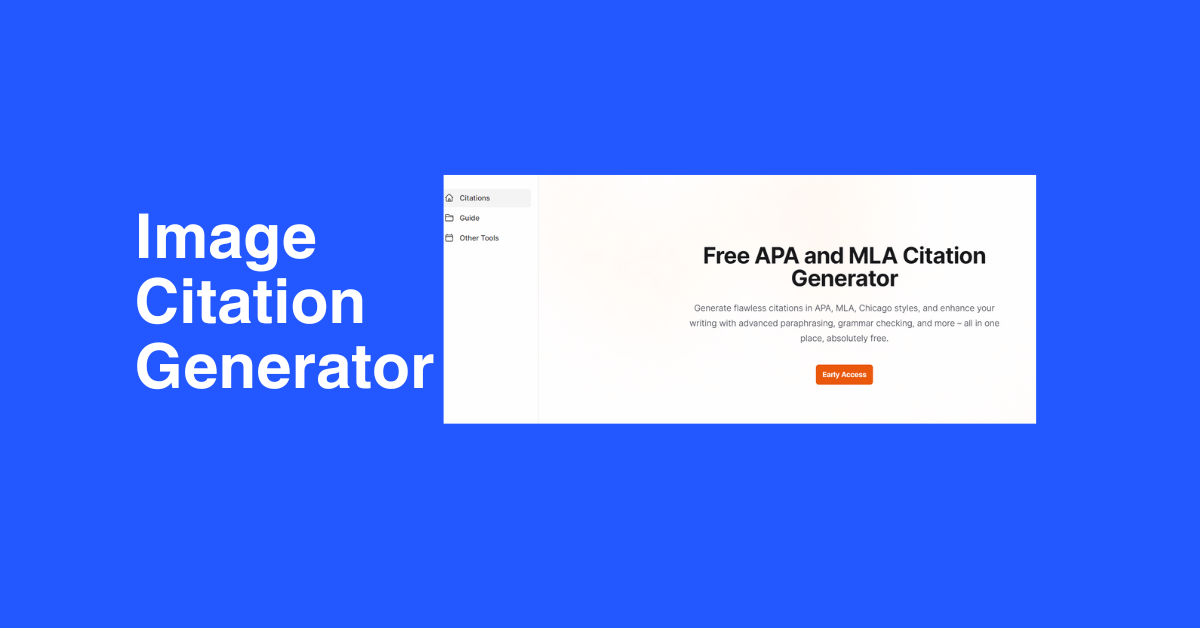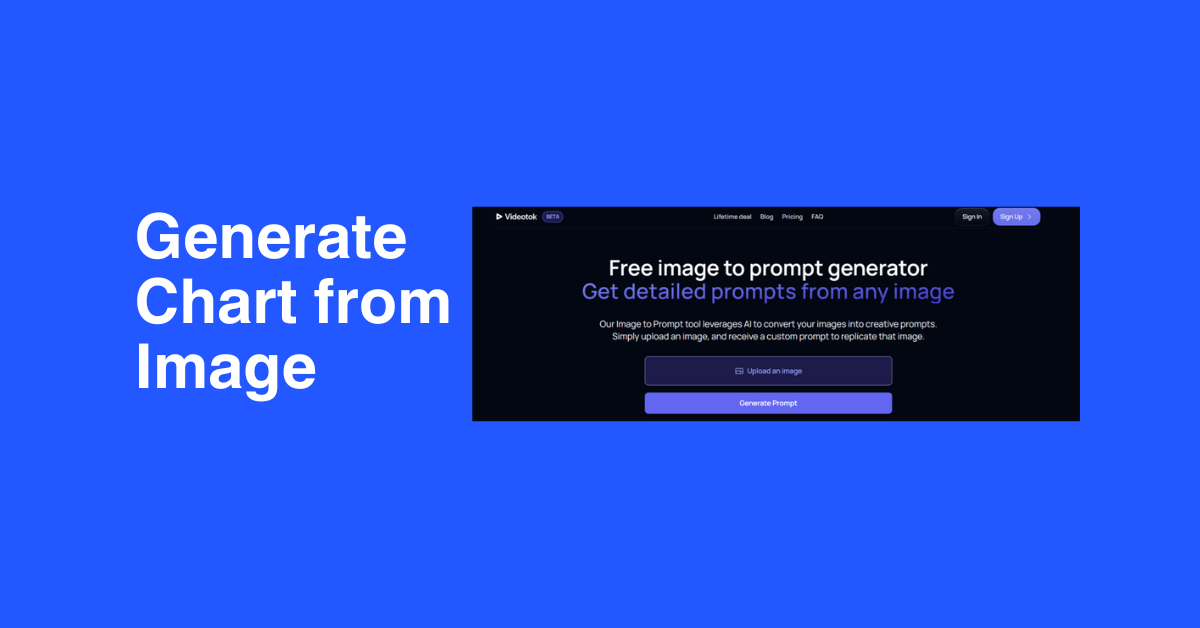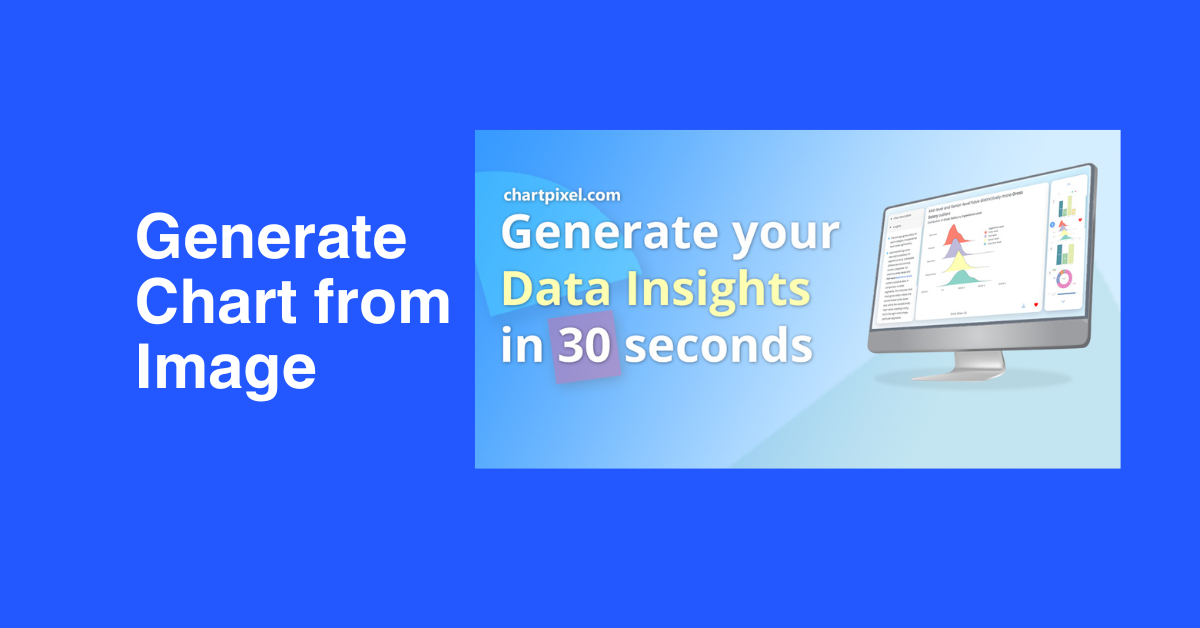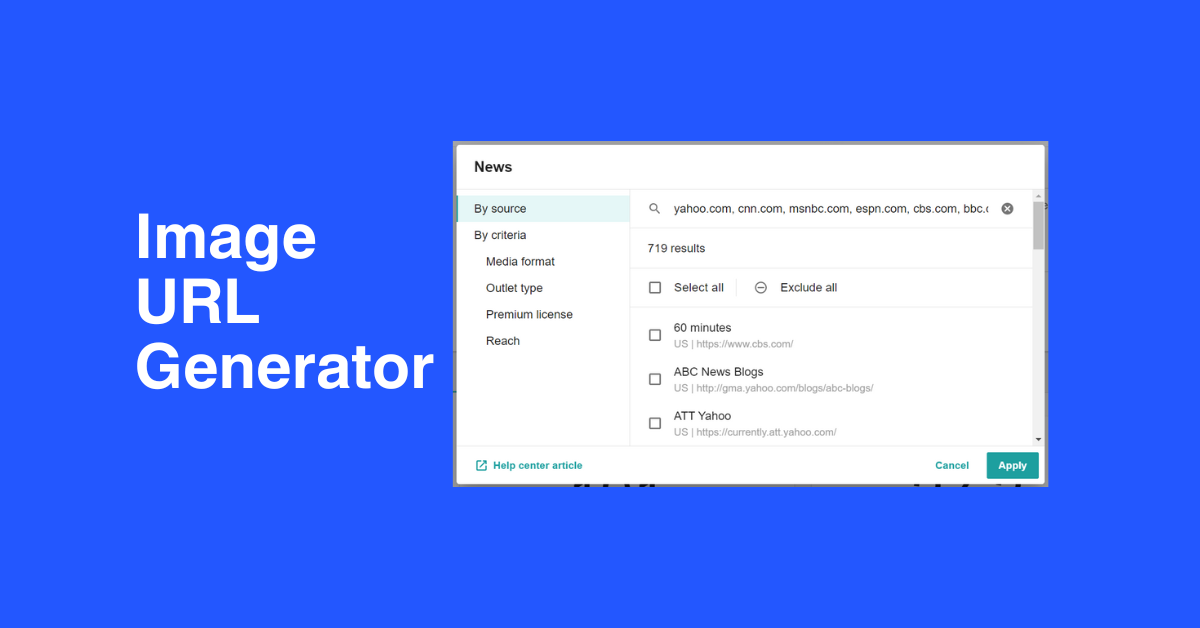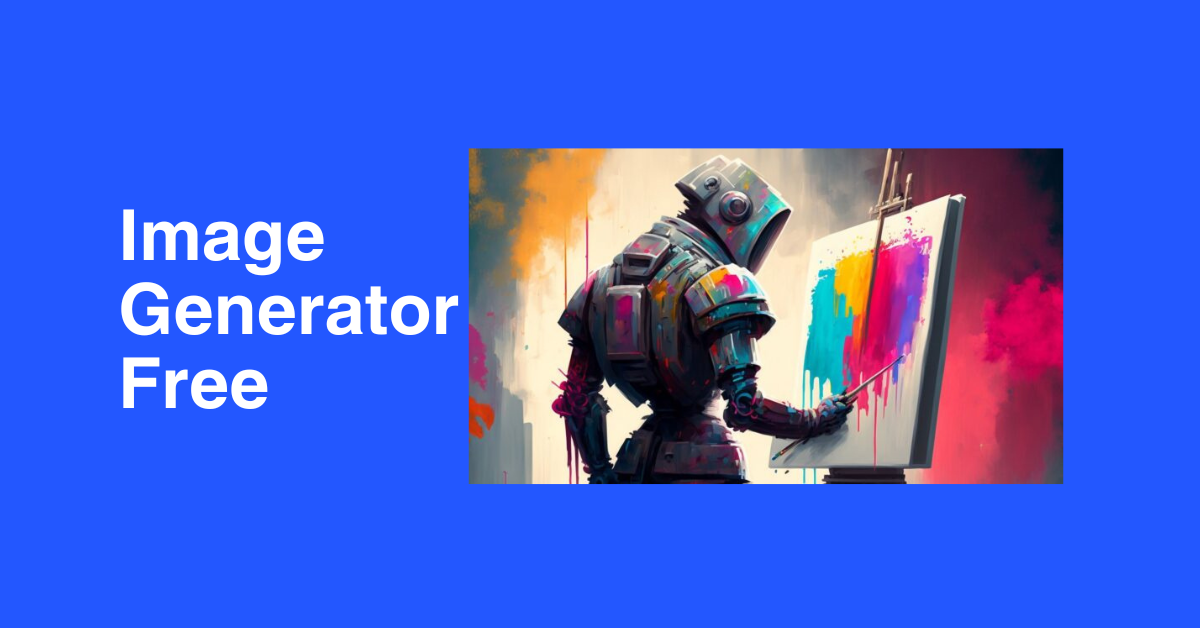
AI Image Generator Body Shape Prompt: Get Perfect Results
- Image Generators
- November 5, 2024
- No Comments
AI Image Generator Body Shape Prompt Help is increasingly sought after as AI tools continue to revolutionize how we create visual content. With just a simple text prompt, users can produce detailed images reflecting a variety of themes, styles, and subjects. However, when it comes to generating images focused on body shapes, many people struggle to create prompts that deliver accurate and inclusive results. This blog post will guide you through the intricacies of crafting prompts tailored to body shape generation in AI images. We’ll explore diverse strategies, emphasize the importance of inclusivity, and offer practical tips for overcoming common challenges. By the end, you’ll have a solid understanding of how to harness AI for creating compelling and respectful representations of body shapes.
Unlocking Body Shape Diversity with AI Image Generators: Tips and Techniques
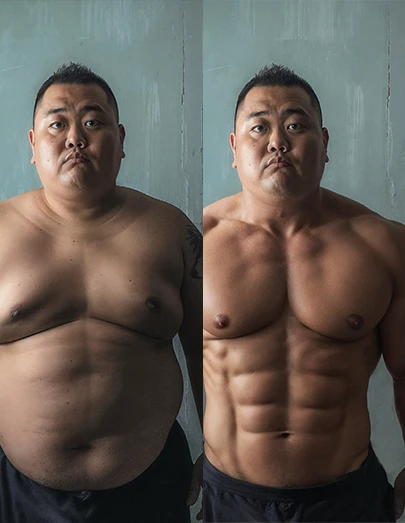
The beauty of AI image generators lies in their ability to render visual diversity based on the input they receive. This capability makes them powerful tools for exploring various body shapes, sizes, and forms. To maximize your experience, it’s imperative to understand the intricacies of how these systems interpret prompts.
Understanding AI Interpretations of Body Shapes
At its core, an AI image generator utilizes machine learning algorithms trained on vast datasets comprising images and associated textual descriptions. When you craft a prompt related to body shapes, the AI interprets your words based on its training data, which means that clarity and specificity are paramount.
To ensure the AI understands your desired body shape, it’s vital to use descriptive language. Instead of simply stating “a person,” consider elaborating with terms such as “a curvy woman in a flowing dress” or “an athletic man with defined muscles.” The more details you provide about size, posture, clothing, and attitude, the better the AI can produce an image that reflects your vision.
Emphasizing Inclusive Language in Prompts
Inclusivity is a crucial aspect of body shape representation. The language we choose not only impacts the output but also influences societal perceptions. When crafting prompts, be mindful of the terms you employ. Avoid stereotypes and instead opt for language that embraces diversity.
Utilize adjectives such as “plus-size,” “petite,” “tall,” or “muscular” rather than defaulting to conventional portrayals. For instance, a prompt that reads “a confident plus-size model posing in urban scenery” encourages a broader representation compared to a vague description.
Experimentation with Combinations
Another effective technique for enhancing body shape diversity in AI-generated images is experimentation. Don’t hesitate to mix and match different body types within a single prompt. This could mean depicting a scene featuring individuals of varied shapes, sizes, and styles co-existing harmoniously.
You might consider prompts like “a group of diverse friends enjoying a beach day, showcasing different body types.” Such combinations not only enrich the final image but celebrate the beauty of diversity in body shapes.
AI Image Generator Body Shape Prompt Help

Creating accurate representations of body shapes isn’t just a matter of aesthetics; it’s about respecting individuality and promoting realistic portrayals. To achieve accuracy in AI image generation, you must prioritize specificity while being aware of potential biases in the system.
Specificity in Descriptions
A successful prompt should offer explicit details of the body shape you wish to generate. Incorporate information about height, weight, and body proportions. Terms like “hourglass figure,” “apple-shaped,” or “slender frame” contribute significantly to the AI’s understanding.
When formulating your prompt, consider the context of the image as well. Are you envisioning the subject standing, sitting, or in motion? Describing the scenario helps contextualize the body shape and leads to a more accurate representation.
Addressing Bias in Training Data
Despite the algorithm’s sophistication, it’s essential to recognize that biases present in the training data can manifest in the generated images. If the AI lacks exposure to certain body shapes or cultural contexts during its training, it may produce outputs that reinforce stereotypes.
To counteract this, be proactive in your prompting. Integrate requests for inclusivity, such as “a non-binary individual of average build wearing traditional attire.” By explicitly asking for diversity, you become a part of the solution in reducing bias in AI-generated images.
Cross-Referencing the Outputs
Once the AI generates an image based on your prompt, take a moment to analyze the result critically. Does it align with your vision? If not, don’t shy away from tweaking your prompt and trying again. Iterative feedback is key in refining your approach and achieving the desired accuracy.
This process can be enlightening, revealing how subtle changes in wording can lead to vastly different outcomes. Over time, you’ll develop an intuition for effective prompting.
Beyond the Basics: Advanced Prompting for Realistic Body Shapes in AI Images

Now that you’ve grasped the fundamentals, it’s time to delve into advanced prompting techniques. These strategies will allow you to push the boundaries of what AI image generators can accomplish, leading to more nuanced and realistic portrayals of body shapes.
Leveraging Artistic Styles
AI image generators often come equipped with options to adopt various artistic styles. By integrating specific art movements or styles into your prompts, you can further influence the portrayal of body shapes.
For example, if you’re interested in a vintage aesthetic, you might prompt the AI with “a retro-inspired illustration of a curvaceous woman in 1950s fashion.” This not only emphasizes the body shape but also provides a rich context that colors the image.
Incorporating Cultural Context
Body shapes are deeply influenced by cultural narratives and standards. To capture authenticity in your images, consider incorporating cultural elements into your prompts. You can specify clothing styles, accessories, and even settings that resonate with particular cultures.
An example could be “a South Asian woman with a pear-shaped body wearing a vibrant saree against a bustling market backdrop.” By including cultural references, you enhance the richness and depth of the generated image.
Combining Multiple Perspectives
To break free from singular representations, experiment with multi-perspective prompts. Consider asking the AI to generate images from different angles or perspectives to highlight how body shapes change in various contexts.
For instance, you might prompt, “a group of friends with diverse body shapes captured from both front and side views.” This approach encourages a fuller appreciation of body diversity and showcases the dynamic nature of form.
Navigating Body Shape Bias in AI Image Generators: A Call for Inclusivity
While AI has the potential to democratize representation, it can inadvertently perpetuate biases that affect how body shapes are depicted. It’s important to actively navigate these biases and advocate for inclusivity in AI image generation.
Recognizing Existing Biases
Understanding the biases inherent in AI-generated imagery requires a critical lens. Many algorithms have been trained primarily on datasets that favor narrow definitions of beauty, leaving little room for diversity in body shapes.
By acknowledging these limitations, you can work consciously to combat them in your own usage of AI image generators. Make a commitment to challenge stereotypical representations and seek out diverse portrayals.
Advocating for Ethical AI Practices
As users of AI technologies, we have a responsibility to demand ethical practices from developers and organizations behind these tools. Encourage transparency regarding the data used for training AI models and advocate for inclusivity in their design.
By supporting initiatives that promote diverse training sources, you can help pave the way for a more inclusive landscape in AI-generated imagery.
Engaging Communities for Collective Change
Change often begins at the community level. Engage with fellow users, artists, and advocates to share experiences and brainstorm ways to improve the representation of body shapes in AI images. Collaborative efforts can amplify voices calling for inclusivity and drive awareness of existing biases.
Host discussions, share resources, and explore collective projects to foster a culture where diverse body shapes are celebrated and accurately portrayed in AI-generated visuals.
The Evolution of Body Shape in AI Image Generation: From Stereotypes to Representation
The journey of body shape representation in AI image generation has evolved over time. Understanding this evolution is key to recognizing the progress made and the challenges that lie ahead.
Historical Context of Body Representation
Traditionally, societal norms dictated narrow definitions of beauty, leading to the prevalence of stereotypical body shapes in media. This trend extended to digital representations as well, where AI algorithms mirrored existing biases entrenched in cultural narratives.
By examining the historical context, we can see how the underrepresentation of diverse body shapes has shaped public perceptions and self-esteem. Identifying these patterns serves as a crucial step toward fostering more inclusive representations today.
Shifts Toward Inclusivity
In recent years, there has been a noticeable shift toward encouraging diverse body shapes in media and advertising. Movements advocating for body positivity and representation have gained traction, pushing brands and creators to rethink their approaches.
This cultural shift has begun to influence AI image generation as well. As developers respond to user demands for greater inclusivity, we witness a gradual improvement in how body shapes are represented in generated images.
Future Directions for Representation
Looking ahead, the future of body shape representation in AI image generation holds tremendous potential. By prioritizing inclusivity and embracing diverse narratives, we can continue to reshape the digital landscape.
Developers and users alike play a role in driving this evolution. By actively participating in conversations around representation and advocating for change, we can collectively contribute to a more equitable portrayal of all body shapes in AI-generated imagery.
The Role of AI Image Generators in Challenging Body Image Norms: Exploring Body Positivity
AI image generators hold significant potential for challenging traditional notions of beauty and body image norms. By democratizing the creation of visual content, they empower individuals to express their stories and identities.
Amplifying Body Positivity Messages
One of the most empowering aspects of using AI image generators is their ability to amplify messages of body positivity. By creating images that celebrate diverse body shapes, users can help shift cultural narratives surrounding beauty and worth.
For example, a prompt such as “a joyful celebration of body positivity featuring individuals of all shapes and sizes” can yield images that resonate with the values of acceptance and self-love. These visuals can serve as powerful tools for advocacy and awareness.
Creating Safe Spaces for Expression
AI image generation offers a unique opportunity for individuals to explore their identity without fear of judgment. By crafting personalized prompts, users can visualize themselves or others in ways that may not align with mainstream representations.
This creative freedom fosters a sense of safety and belonging, allowing people to express their authentic selves. In doing so, they challenge established beauty norms and redefine what it means to be beautiful.
Collaborating with Artists for Greater Impact
Collaboration between AI platforms and artists can deepen the impact of body positivity initiatives. Artists can utilize AI image generators to create thought-provoking works that challenge societal standards and provoke dialogue.
Combining human creativity with AI capabilities allows for innovative explorations of body shapes and representations. Together, they can spark conversations that inspire inclusivity across various mediums.
AI Image Generators and Body Diversity: A Tool for Creativity and Empowerment
With the rise of AI image generators, we now have an unprecedented opportunity to explore body diversity creatively. These tools not only facilitate artistic expression but also empower individuals to embrace their uniqueness.
Unleashing Creative Potential
AI image generators enable users to tap into their creativity without the constraints of traditional artistic methods. By experimenting with prompts, individuals can venture into uncharted territories of self-expression.
For instance, a prompt like “a whimsical portrayal of a fantastical creature with exaggerated body shapes” can lead to imaginative imagery that transcends reality. This creative exploration encourages users to break free from conventional definitions of beauty.
Celebrating Individuality through Customization
Customization is a hallmark of AI image generation. Users can tailor their prompts to reflect their unique identities, celebrating the diverse range of body shapes and characteristics that exist.
This personalization fosters a sense of ownership over one’s narrative, allowing individuals to define their own standards of beauty. The result is a rich tapestry of images that reflect the myriad experiences of humanity.
Bridging Communities through Shared Experiences
AI image generation can serve as a bridge between communities by highlighting shared experiences related to body diversity. Through collaborative projects, users can showcase their interpretations of body shapes while fostering connections with others.
Art possesses the power to bring people together, and AI-generated images can facilitate dialogues around body positivity, acceptance, and understanding. By sharing these artworks, communities can rally around the theme of inclusivity and celebrate shared journeys.
Prompting for Body Shape Expression: Exploring Unique and Diverse Representations
When it comes to generating images depicting body shapes, the possibilities are endless. By utilizing creative prompts, users can explore unique and diverse representations that challenge conventional norms.
Encouraging Unique Body Shapes in Prompts
Crafting prompts that emphasize unique body shapes invites the AI to stretch its interpretive capabilities. Instead of adhering to traditional categories, consider prompting for less common representations.
Phrases like “a non-conforming figure celebrating self-expression in unconventional fashion” can yield intriguing results that defy standard portrayals. By shifting focus away from societal expectations, you pave the way for extraordinary representations.
Utilizing Metaphors and Symbolism
Metaphors and symbolism can enrich your prompts by infusing layers of meaning into the generated images. Think about how certain shapes or forms can represent ideas beyond physical appearances.
For example, a prompt such as “a fluid-bodied figure merging with nature to symbolize harmony” encourages the AI to delve into abstract concepts while still capturing body shape. This approach fosters creativity and encourages thoughtful interpretation.
Creating Collaborative Projects with AI
Collaborative projects involving multiple participants can amplify the exploration of body shape expressions. Community-driven initiatives allow individuals to share prompts, ideas, and interpretations in a collective effort to showcase diversity.
These collaborations can culminate in exhibitions, social media campaigns, or multi-artist showcases that celebrate body shape diversity. By uniting creative minds, you amplify the message of inclusivity and encourage greater appreciation for varied representations.
The Future of AI Image Generation: Building a Body Shape-Positive Landscape
As we look to the future, the potential for AI image generators to transform body shape representation is immense. With ongoing advancements and user advocacy, we can build a landscape that celebrates body shape diversity and inclusivity.
Embracing User Feedback for Continuous Improvement
User feedback plays a crucial role in shaping the development of AI image generators. By actively sharing insights and experiences, users can contribute to making these tools more inclusive and representative.
Encourage platforms to gather input from diverse communities, ensuring that the voices of marginalized groups are heard. This engagement fosters accountability and drives creators to refine their algorithms accordingly.
Advocating for Research and Development
Investment in research and development focused on diversity in AI training datasets is crucial for the future of body shape representation. Developers must prioritize sourcing broad datasets that encompass a wide array of body shapes and cultural contexts.
By supporting research initiatives, we can create a pipeline of diverse representations that transcend stereotypes and foster relatability. The advancement of AI image generators hinges on collective efforts to challenge existing paradigms.
Cultivating Education Around AI Ethics
As the landscape of AI technology evolves, educating users about the ethical implications of AI image generation becomes paramount. By fostering awareness about biases and representation, users can actively engage in responsible AI practices.
Workshops, seminars, and online resources can serve as platforms for education, focusing on how to responsibly interact with AI tools. An informed community not only champions inclusivity but also cultivates a deeper understanding of the technology itself.
Conclusion
The world of AI image generation presents us with exciting opportunities to explore and celebrate body shape diversity. As we navigate this landscape, it’s essential to remain conscious of the power of our words and the prompts we use. By crafting inclusive, descriptive, and creative prompts, we can foster a culture of representation that uplifts every body shape and promotes body positivity. As users, we hold the reins to challenge stereotypes and redefine beauty standards through our engagement with AI technologies. Together, let’s continue to champion diversity, creativity, and empowerment in the realm of AI-generated imagery, forging a path toward a more inclusive future.
Looking to learn more? Dive into our related article for in-depth insights into the Best Tools For Image Generation. Plus, discover more in our latest blog post on ai image generator body shape prompt help. Keep exploring with us!
Related Tools:
Image Generation Tools
Video Generators
Productivity Tools
Design Generation Tools
Music Generation Tools
For more AI tools, explore all categories by clicking here.

